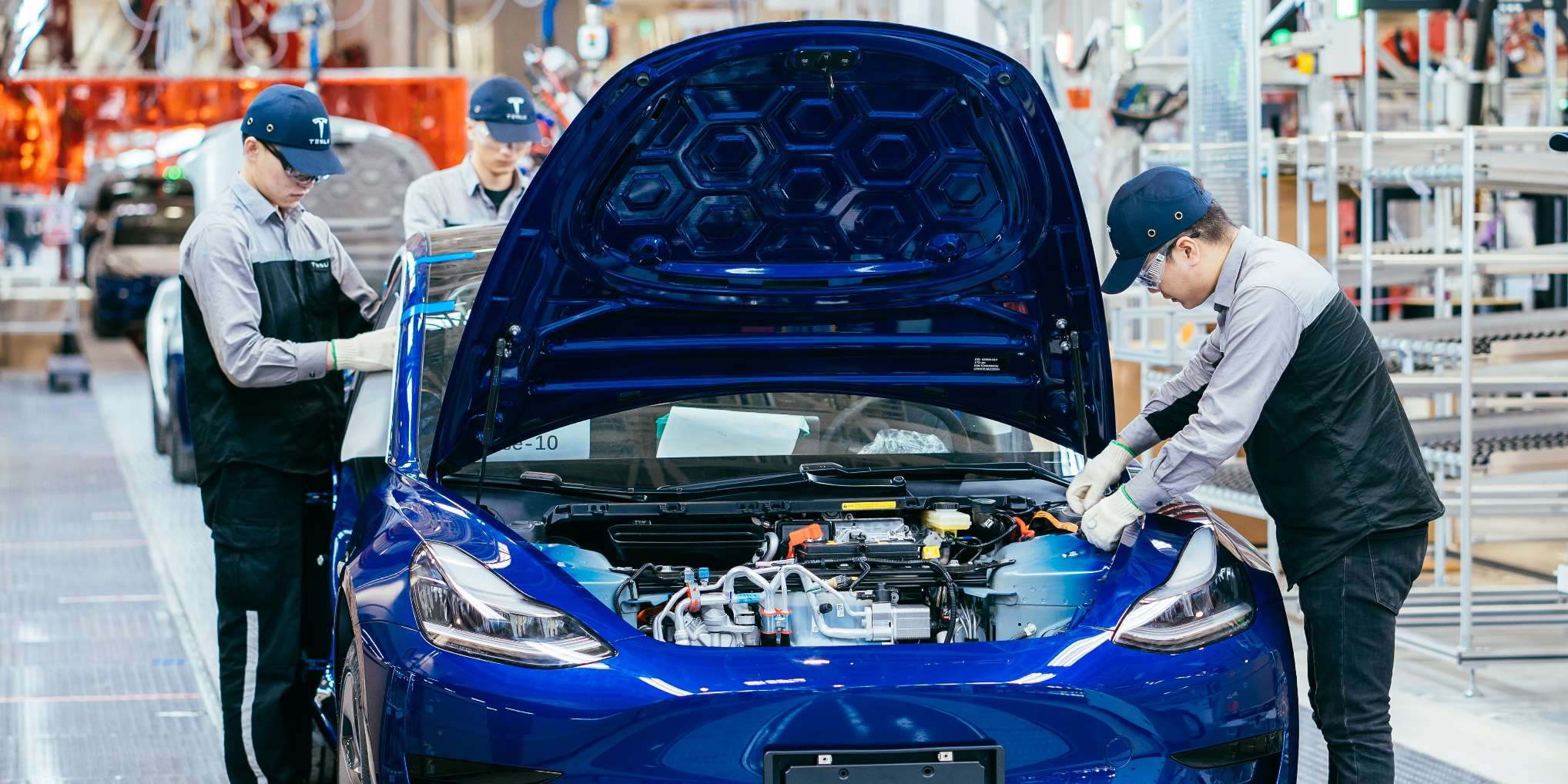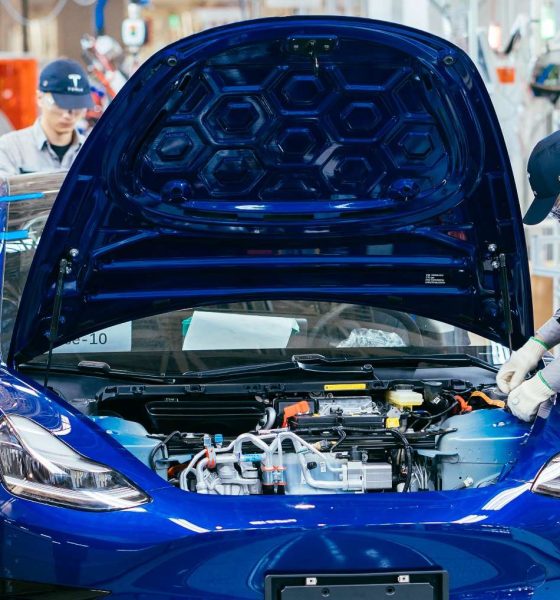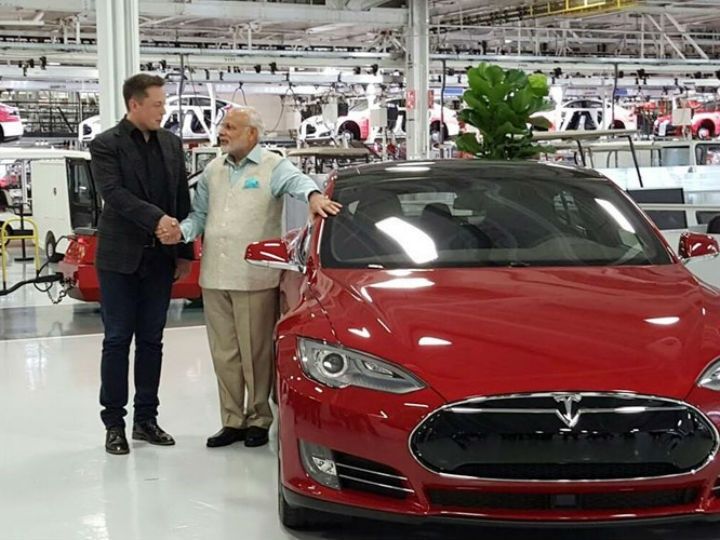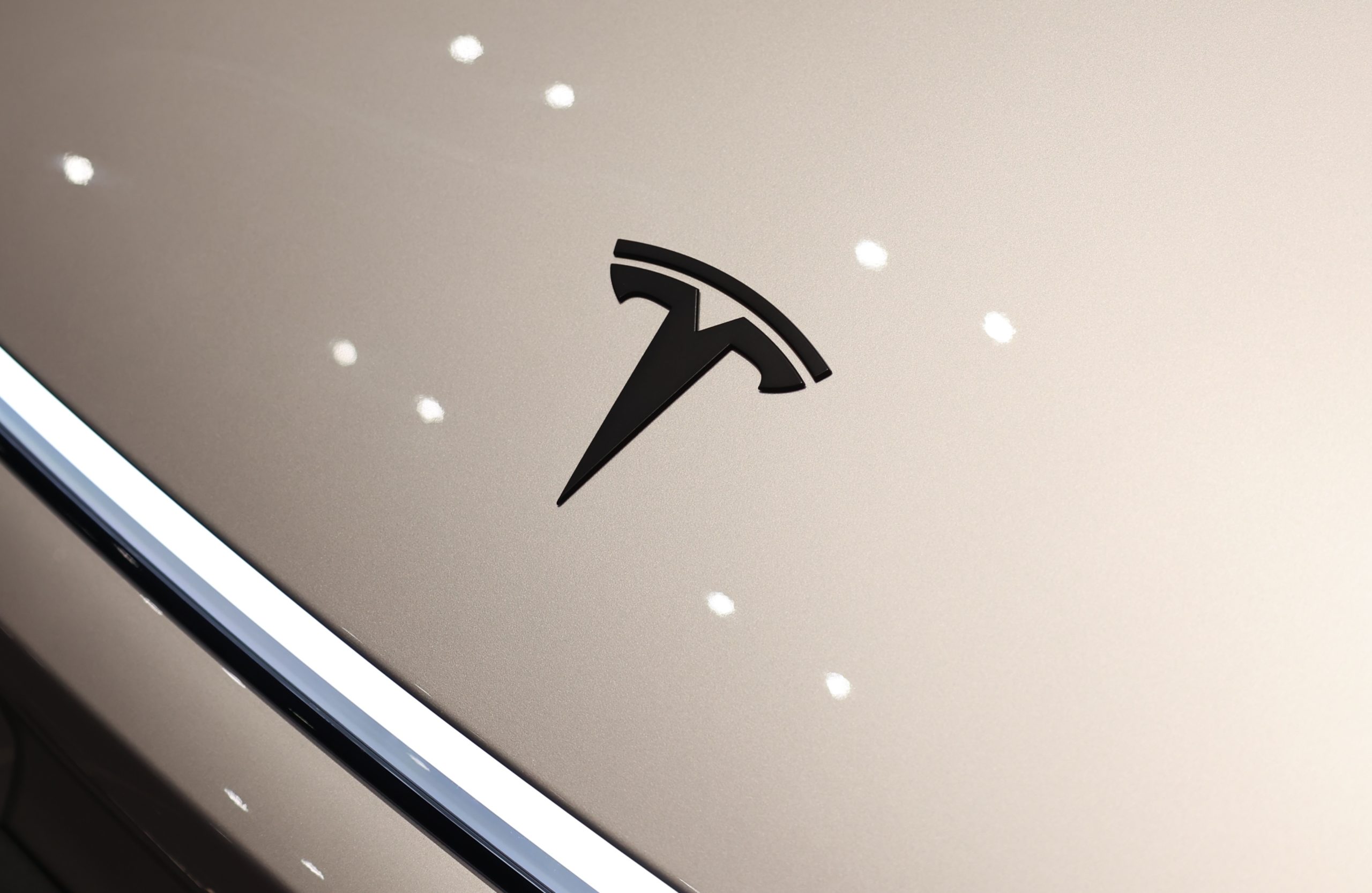

News
Why Tesla’s road in India may end before it even starts
This is a preview from our weekly newsletter. Each week I go ‘Beyond the News’ and handcraft a special edition that includes my thoughts on the biggest stories, why it matters, and how it could impact the future.
For years, Indian citizens have pleaded with Tesla CEO Elon Musk about the possibility of the electric automaker building and delivering cars in the country. India, a large landmass that 1.366 billion people call home, has less than 1% of its 30 million cars being of an electric nature, the most sustainable way to operate a vehicle. However, Tesla aims to change that with an imminent entrance into India’s market. The problem is, Tesla’s road in India may end before it even begins, which would be a massive blow to the company and its supporters in the country, as Tesla fans have waited several years for any indication that the car company would finally make an appearance in their section of the world. But, strict regulations and inside political interests are halting the possibility, and it has people wondering whether the world’s leading electric car company will ever make it to the Indian automotive market.
Many of you who read Teslarati on a daily basis know that we have been tracking the situation in India since the early days. In fact, one of my first articles of 2021, while I was recovering from COVID-19 in January, was about the potential that Tesla had in India’s markets. Additionally, it seemed that some potential customers would be ready to order their first all-electric cars from the Silicon Valley-based electric car company by the time Q2 rolled around. However, these pieces of outlook from Musk were not met because the Indian government has shut down any attempt Tesla has made toward getting their products in the country without the hefty import duties. Unfortunately, it doesn’t seem as if they will be going away soon, either, as Prime Minister Narendra Modi, who has heavily supported the idea of local manufacturing efforts, will not be forced to leave his post or enter another election until 2024.
While local manufacturing is something Americans take a lot of pride in, especially with cars, there are undoubtedly advantages to building things domestically. First, companies must hire workers in the country that the business is stationed in. Next, the increase of manufacturing jobs not only improves the American economy, but it also provides job security for the millions of employees that are on assembly lines 40 hours (or more) a week. There are a lot of strengths in manufacturing things locally, but there is also room for foreign entities to bring their products into a market, especially if they can benefit a foreign economy like it does a domestic one.
Musk with Modi in 2015
This is something Tesla argued in its proposal letter to the Indian government a few weeks ago when it requested a reduction in import duties. The increase in Tesla imports would actually assist the country in developing a charging infrastructure, which would supply jobs to the energy sector and provide cleaner transportation options in a country where the climate and environment struggle heavily with smog and emissions. Additionally, Tesla would need a dedicated Service Center in several locations as India is a large country. Not to mention, showrooms would also provide some employment opportunities.
Musk has said that Tesla will not bring a Gigafactory to India without some sort of data that would support healthy demand, something that is obviously needed to justify building a near-billion dollar production plant in India. Doing this through imports is a tremendous idea, but 60% import taxes on sub-$40k vehicles, and 100% duties on $40,000 and up vehicles just will not get this done. Plain and simple. There needs to be some movement on the Indian government’s end.
However, the Indian politicians fail to realize that the economic and environmental advantages to having EVs in the country will be a better move long term. Instead, they fail to budge or even consider reducing import duties of any kind, at least to this point, which appears to discourage Tesla’s requests to enter the market. It would be a shame if no solution can be reached after this problem because I believe that the environmental impacts alone will be something that not only the Indian people will enjoy, but the people of the world will begin to see eventually. As the air begins to clear and the smog disperses, there could be a relative ease on the strong relationship with gas and oil India has. Sustainable energy could make its way to India within the next few years, and Tesla could see the potential for its biggest Gigafactory yet in India.
Think about the economic benefits a large-scale production facility could provide. Not only would it produce well-paying jobs, but it would also create a lot of them.
There are so many benefits for both Tesla and India if a deal can be worked out. But can it? In my opinion, Tesla may be better off delaying the India operation for another few years, when a fresh administration and new ideas can be thrown around about Tesla entering the market. It seems, for now, there won’t be much of a possibility, and Tesla may be better off expanding its efforts in the UK or elsewhere.
With that being said, I would love to hear how you feel about this issue. Is Tesla wasting its time trying to get things going in India? Should it try again in a few years? Do you feel progress can be made? Why or why not? If not India, then where should Tesla consider a new Gigafactory?
A big thanks to our long-time supporters and new subscribers! Thank you.
I use this newsletter to share my thoughts on what is going on in the Tesla world. If you want to talk to me directly, you can email me or reach me on Twitter. I don’t bite, be sure to reach out!

News
Tesla AI team burns the Christmas midnight oil by releasing FSD v14.2.2.1
The update was released just a day after FSD v14.2.2 started rolling out to customers.

Tesla is burning the midnight oil this Christmas, with the Tesla AI team quietly rolling out Full Self-Driving (Supervised) v14.2.2.1 just a day after FSD v14.2.2 started rolling out to customers.
Tesla owner shares insights on FSD v14.2.2.1
Longtime Tesla owner and FSD tester @BLKMDL3 shared some insights following several drives with FSD v14.2.2.1 in rainy Los Angeles conditions with standing water and faded lane lines. He reported zero steering hesitation or stutter, confident lane changes, and maneuvers executed with precision that evoked the performance of Tesla’s driverless Robotaxis in Austin.
Parking performance impressed, with most spots nailed perfectly, including tight, sharp turns, in single attempts without shaky steering. One minor offset happened only due to another vehicle that was parked over the line, which FSD accommodated by a few extra inches. In rain that typically erases road markings, FSD visualized lanes and turn lines better than humans, positioning itself flawlessly when entering new streets as well.
“Took it up a dark, wet, and twisty canyon road up and down the hill tonight and it went very well as to be expected. Stayed centered in the lane, kept speed well and gives a confidence inspiring steering feel where it handles these curvy roads better than the majority of human drivers,” the Tesla owner wrote in a post on X.
Tesla’s FSD v14.2.2 update
Just a day before FSD v14.2.2.1’s release, Tesla rolled out FSD v14.2.2, which was focused on smoother real-world performance, better obstacle awareness, and precise end-of-trip routing. According to the update’s release notes, FSD v14.2.2 upgrades the vision encoder neural network with higher resolution features, enhancing detection of emergency vehicles, road obstacles, and human gestures.
New Arrival Options also allowed users to select preferred drop-off styles, such as Parking Lot, Street, Driveway, Parking Garage, or Curbside, with the navigation pin automatically adjusting to the ideal spot. Other refinements include pulling over for emergency vehicles, real-time vision-based detours for blocked roads, improved gate and debris handling, and Speed Profiles for customized driving styles.
Elon Musk
Elon Musk’s Grok records lowest hallucination rate in AI reliability study
Grok achieved an 8% hallucination rate, 4.5 customer rating, 3.5 consistency, and 0.07% downtime, resulting in an overall risk score of just 6.

A December 2025 study by casino games aggregator Relum has identified Elon Musk’s Grok as one of the most reliable AI chatbots for workplace use, boasting the lowest hallucination rate at just 8% among the 10 major models tested.
In comparison, market leader ChatGPT registered one of the highest hallucination rates at 35%, just behind Google’s Gemini, which registered a high hallucination rate of 38%. The findings highlight Grok’s factual prowess despite the AI model’s lower market visibility.
Grok tops hallucination metric
The research evaluated chatbots on hallucination rate, customer ratings, response consistency, and downtime rate. The chatbots were then assigned a reliability risk score from 0 to 99, with higher scores indicating bigger problems.
Grok achieved an 8% hallucination rate, 4.5 customer rating, 3.5 consistency, and 0.07% downtime, resulting in an overall risk score of just 6. DeepSeek followed closely with 14% hallucinations and zero downtime for a stellar risk score of 4. ChatGPT’s high hallucination and downtime rates gave it the top risk score of 99, followed by Claude and Meta AI, which earned reliability risk scores of 75 and 70, respectively.

Why low hallucinations matter
Relum Chief Product Officer Razvan-Lucian Haiduc shared his thoughts about the study’s findings. “About 65% of US companies now use AI chatbots in their daily work, and nearly 45% of employees admit they’ve shared sensitive company information with these tools. These numbers show well how important chatbots have become in everyday work.
“Dependence on AI tools will likely increase even more, so companies should choose their chatbots based on how reliable and fit they are for their specific business needs. A chatbot that everyone uses isn’t necessarily the one that works best for your industry or gives accurate answers for your tasks.”
In a way, the study reveals a notable gap between AI chatbots’ popularity and performance, with Grok’s low hallucination rate positioning it as a strong choice for accuracy-critical applications. This was despite the fact that Grok is not used as much by users, at least compared to more mainstream AI applications such as ChatGPT.
News
Tesla (TSLA) receives “Buy” rating and $551 PT from Canaccord Genuity
He also maintained a “Buy” rating for TSLA stock over the company’s improving long-term outlook, which is driven by autonomy and robotics.

Canaccord Genuity analyst George Gianarikas raised his Tesla (NASDAQ:TSLA) price target from $482 to $551. He also maintained a “Buy” rating for TSLA stock over the company’s improving long-term outlook, which is driven by autonomy and robotics.
The analyst’s updated note
Gianarikas lowered his 4Q25 delivery estimates but pointed to several positive factors in the Tesla story. He noted that EV adoption in emerging markets is gaining pace, and progress in FSD and the Robotaxi rollout in 2026 represent major upside drivers. Further progress in the Optimus program next year could also add more momentum for the electric vehicle maker.
“Overall, yes, 4Q25 delivery expectations are being revised lower. However, the reset in the US EV market is laying the groundwork for a more durable and attractive long-term demand environment.
“At the same time, EV penetration in emerging markets is accelerating, reinforcing Tesla’s potential multi‑year growth runway beyond the US. Global progress in FSD and the anticipated rollout of a larger robotaxi fleet in 2026 are increasingly important components of the Tesla equity story and could provide sentiment tailwinds,” the analyst wrote.
Tesla’s busy 2026
The upcoming year would be a busy one for Tesla, considering the company’s plans and targets. The autonomous two-seat Cybercab has been confirmed to start production sometime in Q2 2026, as per Elon Musk during the 2025 Annual Shareholder Meeting.
Apart from this, Tesla is also expected to unveil the next-generation Roadster on April 1, 2026. Tesla is also expected to start high-volume production of the Tesla Semi in Nevada next year.
Apart from vehicle launches, Tesla has expressed its intentions to significantly ramp the rollout of FSD to several regions worldwide, such as Europe. Plans are also underway to launch more Robotaxi networks in several more key areas across the United States.








